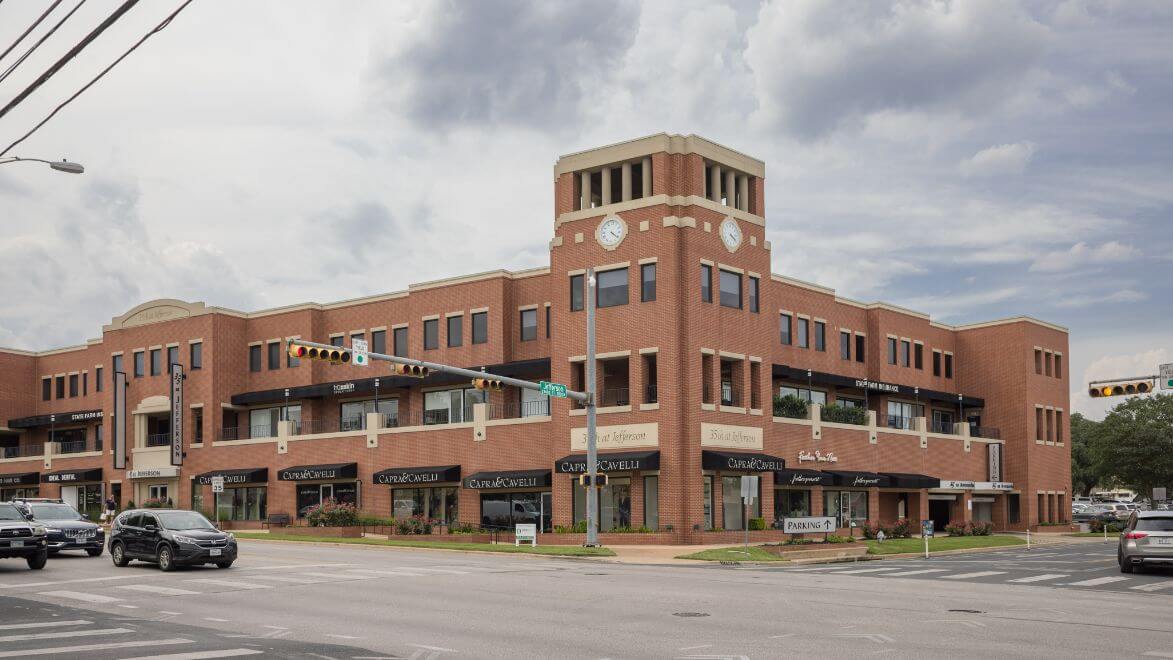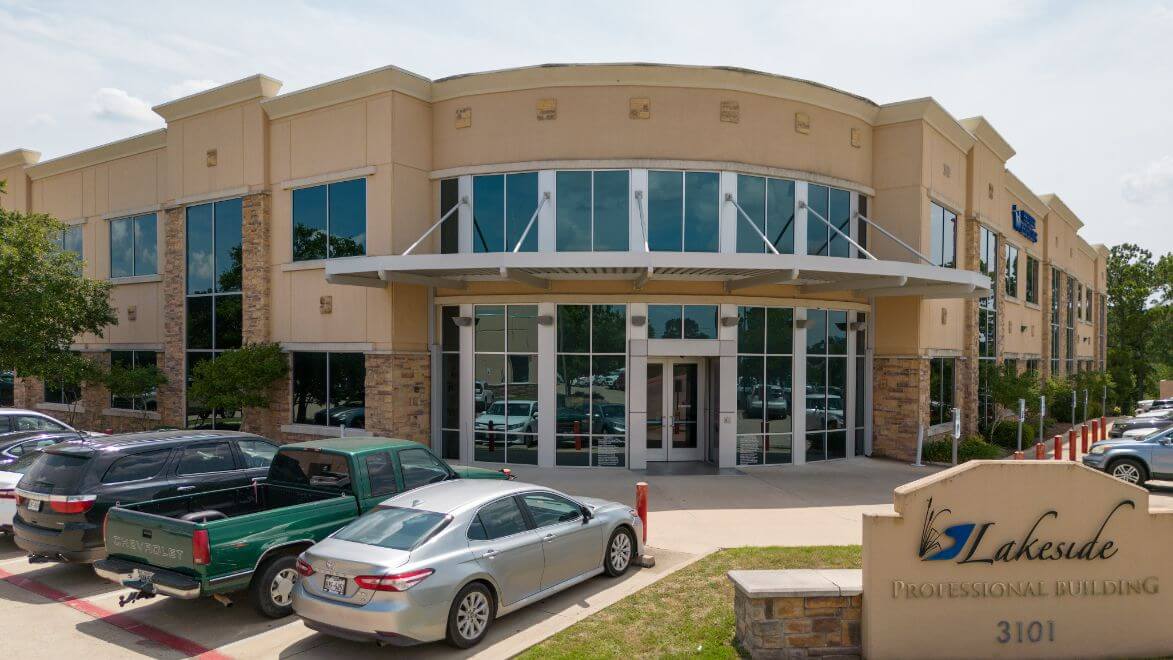Cryosurgery
Advanced Cryosurgery in Central Texas: Precision Treatment for Skin Conditions
Cryosurgery, often known as cryotherapy, is a cutting-edge medical procedure that employs extremely cold temperatures to freeze and eliminate abnormal or diseased tissues. This minimally invasive technique is widely utilized in dermatology to effectively address various skin conditions, including the removal of warts, skin tags, and certain precancerous lesions.
During a cryosurgery procedure, a cryoprobe or cotton swab is used to apply liquid nitrogen or another cryogen directly to the targeted area. The intense cold causes the water inside the cells to freeze, forming ice crystals that rupture the cell membranes. Consequently, the treated tissue is destroyed and eventually sloughs off, allowing healthy tissue to regenerate.
The process is quick, typically taking only a few minutes per lesion, and is performed in a dermatologist’s office. Patients may experience mild discomfort, redness, and swelling post-procedure, but these effects usually subside within a few days. Cryosurgery is highly valued for its precision, minimal scarring, and quick recovery time, making it an excellent option for treating various skin issues.
Cryosurgery is an advanced treatment option known for its effectiveness and efficiency. It allows for targeted treatment of problematic areas with minimal impact on surrounding healthy tissue. This procedure's precision and quick recovery time make it a preferred choice for many patients seeking dermatological care.
Examples of Cryosurgery
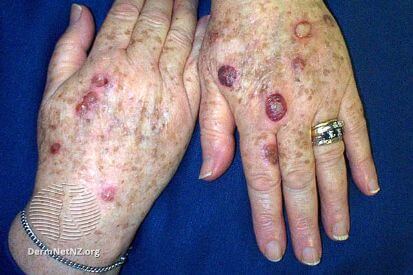
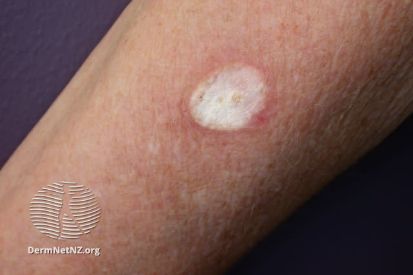
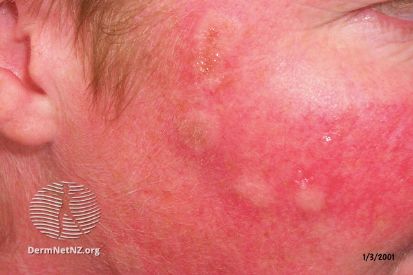
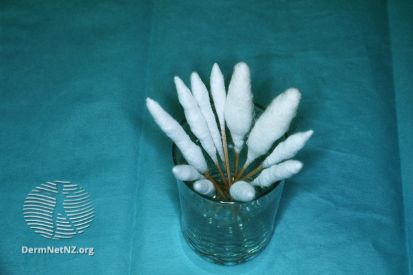
What is Cryosurgery?
Cryosurgery, also known as cryotherapy, is a dermatological procedure that utilizes extreme cold to precisely destroy unwanted or abnormal tissue. Most often, liquid nitrogen is applied directly to the affected area, rapidly freezing the skin and causing controlled cellular damage. As the tissue thaws, the damaged cells break down and are naturally shed, allowing healthy skin to replace them.
At Pinnacle Dermatology, cryosurgery is frequently recommended for a variety of skin concerns. Because the procedure is minimally invasive and performed in-office, patients benefit from both convenience and effectiveness. With its quick application, minimal scarring, and reliable results, skin cryosurgery remains one of the most trusted treatment options in modern dermatology.
Benefits of Cryosurgery Treatment
Undergoing cryosurgery treatment at Pinnacle Dermatology can offer several significant advantages for patients managing various skin concerns. This minimally invasive procedure is not only effective for common issues like warts and precancerous lesions, but cryosurgery for skin cancer can also be an important treatment option in select cases.
Here are some of the key benefits you may experience after treatment:
- Efficient Tissue Removal: Cryotherapy quickly targets and destroys abnormal skin tissue, helping to restore healthy skin with minimal disruption.
- Minimally Invasive: With no incisions required, the procedure is generally well-tolerated and causes only mild, short-term discomfort.
- Versatility: Dermatology cryosurgery can address a wide range of conditions, from cosmetic skin growths to more serious concerns like precancerous spots.
- Effective for Certain Skin Cancers: In select cases, cryosurgery for skin cancer can provide a precise, non-surgical option to remove cancerous cells while preserving surrounding healthy tissue.
- Low Risk of Scarring: Due to its precision, skin cryosurgery often results in little to no visible scarring compared to surgical alternatives.
- Convenient Outpatient Care: Cryosurgery is performed right in the office, offering patients a quick, effective treatment without the need for a hospital stay.
At Pinnacle Dermatology, every treatment is tailored to your individual needs, ensuring both effective results and personalized care.
How Tru-Skin Dermatology of Central Texas Can Help with Cryosurgery
Our experienced team is dedicated to thoroughly understanding your dermatological needs and guiding you through a personalized treatment plan. Reclaim the health and beauty of your skin with the expertise of Tru-Skin Dermatology.
Our personalized approach ensures that each patient receives the highest standard of care tailored to their unique skincare needs. Schedule your consultation now to experience the transformative effects of cryosurgery and achieve the healthy skin you deserve.
Cryosurgery FAQs
Patients may experience some discomfort during cryosurgery, typically described as a sensation of cold followed by a stinging or burning feeling as the tissue freezes. However, the procedure is generally well-tolerated, and any discomfort is temporary.
The healing timeline varies depending on the extent of the procedure and the individual's skin. In most cases, the treated area will scab over within a week, and the scab will eventually fall off, revealing healed skin. Complete healing may take a few weeks.
While cryosurgery is considered a safe procedure, there are potential side effects, including redness, swelling, blistering, and changes in skin pigmentation. Infection and scarring are rare but possible. Your dermatologist will discuss potential risks during the consultation.
Cryosurgery is effective for a variety of skin conditions, including warts, skin tags, and certain precancerous lesions. However, its suitability depends on the specific characteristics of the condition. Your dermatologist will assess and determine if cryosurgery is the appropriate treatment for your case.
The duration of a cryosurgery appointment varies based on the extent and number of areas being treated but is generally relatively brief, often lasting between 15 to 30 minutes. The procedure is efficient, and patients can typically resume their daily activities shortly after treatment.
What to Expect at Your Cryosurgery Appointment
At your appointment, a dermatologist will review your skin concerns and confirm that cryosurgery treatment is the right option for you. The procedure itself is quick, usually taking just 15–30 minutes depending on the area being treated.
Liquid nitrogen is applied directly to the targeted skin, creating a brief cold or stinging sensation. Most patients tolerate it well, and any discomfort passes quickly. Afterward, your dermatologist will explain care after cryosurgery and schedule follow-ups if needed to check your healing.
How to Prepare for Cryosurgery
Before your cryosurgery, share your full medical history and medications with your dermatologist at Pinnacle. Wear loose, comfortable clothing or be prepared to change into a gown for easy access to the treatment area.
You may want to arrange transportation if the procedure site could cause discomfort afterward. Avoid applying creams or lotions on the skin before your visit, and follow any instructions provided to ensure a smooth skin cryosurgery experience.
Tips for Proper Care After Cryosurgery
Following cryosurgery treatment, it’s normal to experience temporary side effects like redness, swelling, or blistering at the treated site. These are part of the natural healing process and usually improve within days. Most areas will scab over within a week, with healthy skin revealed once the scab falls away. To support healing and comfort, follow your dermatologist’s aftercare instructions carefully.
Aftercare Tips:
- Keep the treated area clean and dry.
- Avoid applying lotions, creams, or makeup unless approved by your dermatologist.
- Protect the area from direct sun exposure; use sunscreen once the skin has healed.
- Do not pick at scabs or blisters, as this may increase scarring.
- Use over-the-counter pain relievers if you feel mild discomfort.
- Follow up with your dermatologist as recommended to monitor healing.
Featured Blogs
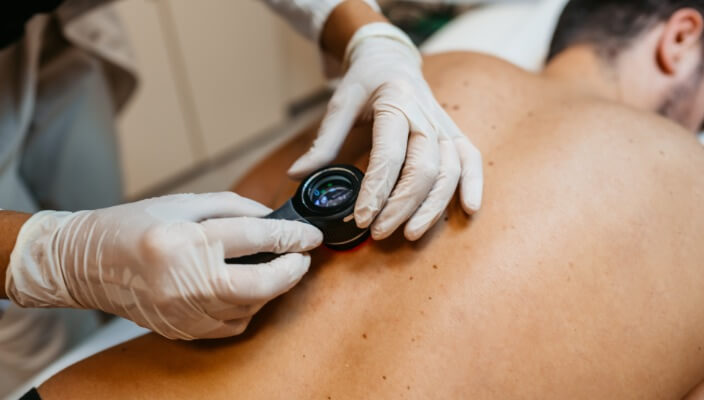
- Skin Cancer
- General Dermatology
- Skin Exams
- Sun Safety
- Skin Care
Texans have an increased risk of skin conditions due to the fluctuating climatic conditions. Therefore, Tru-Skin Dermatology provides our Texas patients with regular check-ups for their skincare.
Read More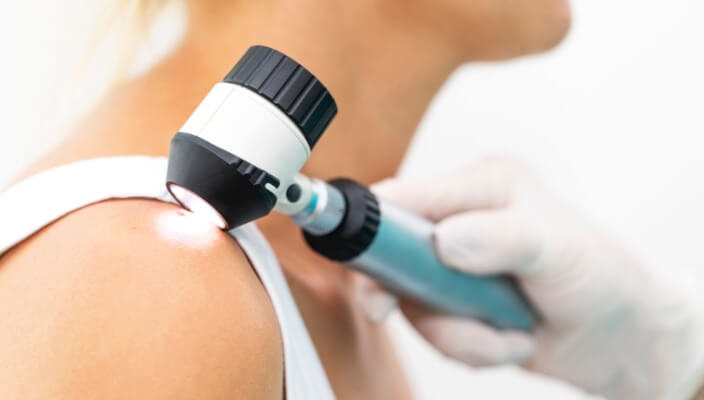
- Skin Cancer
Image-guided superficial radiation therapy (IG-SRT) is a non-surgical treatment option for non-melanoma skin cancers. Learn about this treatment offered at Tru-Skin Dermatology.
Read More
- Skin Cancer
- Skin Exams
Skin cancer remains a critical public health issue across the globe, and Texas, with its vast landscapes and relentless sunshine, is no exception.
Read MoreFeatured Products
Check your local office for current stock!
Check your local office for current stock!

